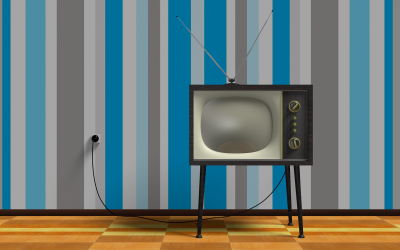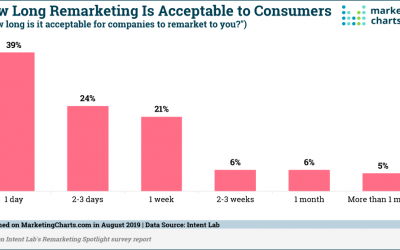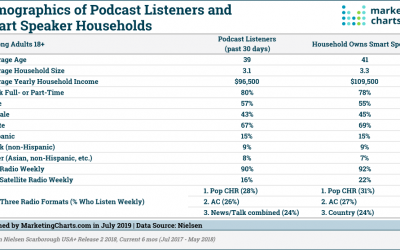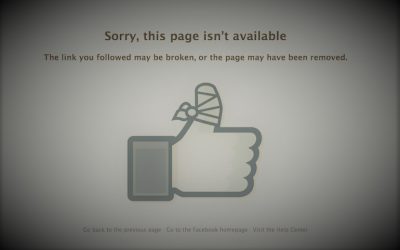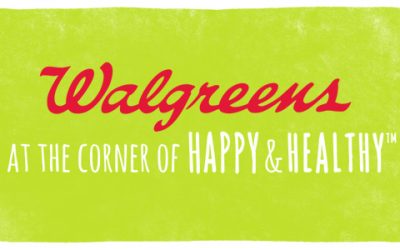This week I have a challenge for you if you sell products that are manufactured by someone else. All of your suppliers have a vested interest in your success, and most of them have access to extraordinary marketing funds and resources beyond traditional co-op to help...
The Not-So-Secret Writings of ScLoHo
Where Are All The TV Viewers?
My wife and I are Baby Boomers and we have been the generation that most advertisers targeted their marketing to over most of my lifetime. That is until we "aged-out" of the 25-54 age demographic. That started happening in 2001 when the oldest Boomers who were born in...
Getting Paid For Your Work
Recently a friend of mine who is in the advertising business was lamenting about how he has "challenges" getting his clients to pay him in a timely manner. I rarely have this problem and I thought this would be a good topic for an article and podcast. No matter what...
Digital Burnout
Do you ever get annoyed at advertising? I did an informal and unscientific poll of friends and strangers recently and discovered that the answer is Yes. This is nothing new. As long as there have been advertising, there are reasons for people to dislike it. Music...
The Power of Audio
Which is more powerful... Audio or video? Is what you see more powerful than what you hear? What stirs your heart, your emotions? If you have never been asked these questions, you should take some time to contemplate the answer before we continue. The...
Avoid A Digital Disaster
I walked in for my 1 o'clock meeting, and there was a strange kind of energy at their office. I'm talking about energy in the air, the people were not their usual happy selves. I asked if Doug was in and they pointed to his office and went back to their...
How Much Should I Spend On Marketing?
It's often the question that most business owners dread:How Much Should I Spend On Marketing?I have a fresh take on this using the words of Roy H. Williams:One of the most common mistakes in advertising is to spread your ad budget across several different...
Little Known Advertising Copy Secrets
Want to know how to be ignored? Be Predictable. The Opposite is also true and we'll learn some little known advertising copy secrets as we continue with part 8 of a 9 part series based on Roy H. Williams Advertising Oversimplified article he wrote a few...
Do You Provide Meaningful Touches?
Maintaining a good relationship with your customers is critical to your lasting success.Roy H. Williams in his article on Advertising Oversimplified covered this:Most customers are repeat customers or referral customers. Mass media is the most efficient...


